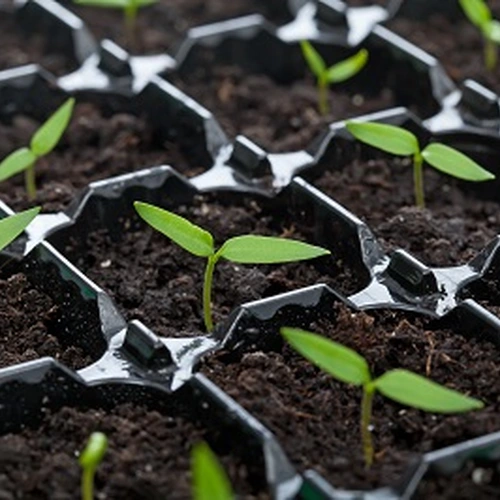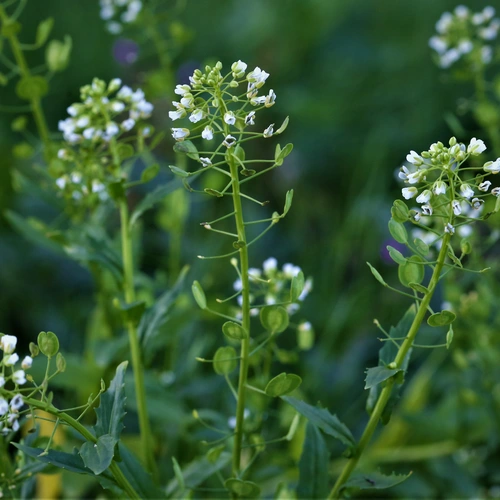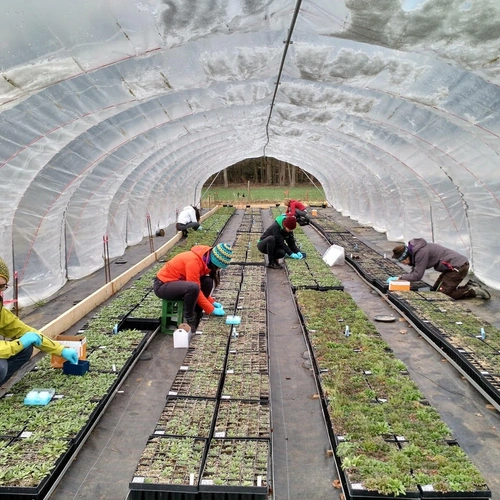Overview
Some of these (species or populations) extinctions are direct influence from us, e.g. habitat destruction or hunting, but others are rather indirect, i.e. species cannot keep up adapting to changing atmospheric and oceanic conditions. Species adapt and evolve by the process of natural selection over genetic variation. However, this is harder as species shrink geographically and lose genetic diversity, commencing a vicious extinction circle.
To work against this, we need to have a good understanding on the past and current status of a species geographic distributions and genetic diversity. In the lab, we work with public databases of genetic information (NCBI), species sighting records (GBIF.org, inaturalist.org, Fig. right, top), and images of the Earth and maps of weather records (Landsat missions, Google Earth Engine, Fig. right, bottom). In the lab, we aim to integrate these data to generate geographic visualizations of species communities (Gillespie & Exposito-Alonso 2021 AGU Fall Meetings) and diversity and their changes over time.
Records of historic specimens such as herbaria are great "genetic snapshots" in time that allow us to track such changes in time and learn about evolutionary principles. For example, in the past we have studied a 400-year-old lineage of Arabidopsis thaliana that was isolated in North America. We identified over 5,000 new mutations, some of which generated novel morphological differences likely related to adaptation (Exposito-Alonso et al. 2018 PLOS Genetics). This shown that even large organisms such as plants could, even at contemporary time-scales, rapidly evolve and adapt from new mutations.
The field of evolutionary biology is transforming from a historical science, where one studies past patterns of diversification to learn biological principles, to a predictive science, where we apply those principles to forecast the future. In the past, we have pioneered the development of bioinformatic tools to study how much climate will change locally for different populations of a species, and how many potentially useful genetic variants they harbor to face new climates (Exposito-Alonso et al. 2018 Nature Ecology Evolution, 2019 Nature).
The next challenge to realistically project the fate of populations is to account for the stochasticity of demography during adaptation, and for the myriad of complex combinations of adaptive genetic variants that give the wide gradient of plant fitness values observed in nature.
In order to empirically test models of short-term responses of organisms to climate, we created a community of about 100 researchers to conduct large-scale real-time evolution experiments in 45 locations ranging from the Mediterranean to Scandinavia, and California to Israel. This crowd-sourced project, called “Genomics of rapid Evolution to Novel Environments” (GrENE-net.org, Fig. left) follows an evolve and resequence approach for live monitoring of genetic evolution over time. Combining this data with predictive population genetic models will allow me to robustly assess the predictability of rapid plant evolution to climate change.
Ultimately, whether plants adapt or perish to the new climatic conditions, will depend on the ecophysiological strategies they have at their disposal. With Arabidopsis thaliana as a model, we are comprehensively studying traits that may be related to drought adaptation, and disentangling their joint or separate genetic architectures. Some of these traits will aid seasonal adaptation, some general resilience, and extremity or variability of future climate may favor non-compatible phenotype combinations or different strategies over time (Exposito-Alonso et al 2018 Evolution).
Genetically rescue plants from extinction is challenging. We think the reasons are twofold: Overall plant performance in natural conditions is expected to be determined by hundreds, if not thousands, of genetic players (most of which we don’t know!). In addition, the physiological pathways relevant for climate adaptation known for one plant species might may be different in other species. This realization lead us to use our evolutionary and probabilistic understanding of adaptation to develop molecular tools to speed up adaptation. Because new mutations are the ultimate fuel of adaptation, we are leveraging CRISPR as a mutagenesis technology informed by deep learning models that can tell us what mutations in the genome would be most likely to provide an advantage under future stressful environments. By growing engineered plants in drought conditions in the lab, we can test our ability to predict fitness effects of mutations as well as evaluate whether genetic engineering strategies could be potentially used in the future to prudently aid the conservation of species in critical danger (including humans!).
Records of historic specimens such as herbaria are great "genetic snapshots" in time that allow us to track such changes in time and learn about evolutionary principles. For example, in the past we have studied a 400-year-old lineage of Arabidopsis thaliana that was isolated in North America. We identified over 5,000 new mutations, some of which generated novel morphological differences likely related to adaptation (Exposito-Alonso et al. 2018 PLOS Genetics). This shown that even large organisms such as plants could, even at contemporary time-scales, rapidly evolve and adapt from new mutations.
The field of evolutionary biology is transforming from a historical science, where one studies past patterns of diversification to learn biological principles, to a predictive science, where we apply those principles to forecast the future. In the past, we have pioneered the development of bioinformatic tools to study how much climate will change locally for different populations of a species, and how many potentially useful genetic variants they harbor to face new climates (Exposito-Alonso et al. 2018 Nature Ecology Evolution, 2019 Nature).
The next challenge to realistically project the fate of populations is to account for the stochasticity of demography during adaptation, and for the myriad of complex combinations of adaptive genetic variants that give the wide gradient of plant fitness values observed in nature.
In order to empirically test models of short-term responses of organisms to climate, we created a community of about 100 researchers to conduct large-scale real-time evolution experiments in 45 locations ranging from the Mediterranean to Scandinavia, and California to Israel. This crowd-sourced project, called “Genomics of rapid Evolution to Novel Environments” (GrENE-net.org, Fig. left) follows an evolve and resequence approach for live monitoring of genetic evolution over time. Combining this data with predictive population genetic models will allow me to robustly assess the predictability of rapid plant evolution to climate change.
Ultimately, whether plants adapt or perish to the new climatic conditions, will depend on the ecophysiological strategies they have at their disposal. With Arabidopsis thaliana as a model, we are comprehensively studying traits that may be related to drought adaptation, and disentangling their joint or separate genetic architectures. Some of these traits will aid seasonal adaptation, some general resilience, and extremity or variability of future climate may favor non-compatible phenotype combinations or different strategies over time (Exposito-Alonso et al 2018 Evolution).
Genetically rescue plants from extinction is challenging. We think the reasons are twofold: Overall plant performance in natural conditions is expected to be determined by hundreds, if not thousands, of genetic players (most of which we don’t know!). In addition, the physiological pathways relevant for climate adaptation known for one plant species might may be different in other species. This realization lead us to use our evolutionary and probabilistic understanding of adaptation to develop molecular tools to speed up adaptation. Because new mutations are the ultimate fuel of adaptation, we are leveraging CRISPR as a mutagenesis technology informed by deep learning models that can tell us what mutations in the genome would be most likely to provide an advantage under future stressful environments. By growing engineered plants in drought conditions in the lab, we can test our ability to predict fitness effects of mutations as well as evaluate whether genetic engineering strategies could be potentially used in the future to prudently aid the conservation of species in critical danger (including humans!).
CV
- Postdoc, 2019: University of California Berkeley, Dept. Integrative Biology,
- Ph.D. (Summa cum Laude), 2018:Max Planck Institute for Developmental Biology, Ecology, Development, Genetics & Evolution
- M.Sc. (with distinction), 2014: University of Edinburgh, Quantitative Genetics and Genome Analysis
- B.Sc. (Summa cum Laude), 2013: University of Alicante and University of Seville, Ecology and Evolution
- Society of American Naturalists, Ecological Society of America, Society for the Study of Evolution, Genetics Society of Americ
- Multinational Arabidopsis Steering Committee (MASC) (2020-, committee). Joshua Tree Genome Project (2021-. collaborator).
- 2020 - National Institutes of Health Director's Early Independence Award
- 2020 - Featured rising star in “Fascination for Science” Berlin exhibition by Herlinde Koelbl
- 2020 - Otto Hahn Medal of the Max Planck Society
- 2020 - Karl-Freudenberg Award of the Heidelberg Academy of Sciences
- 2020 - Forbes “30 under 30” Europe
- 2020 - James F. Crow Early Career Award Finalist of the Genetic Society of America
- 2020 - Loftus-Hill Young Investigator Prize of the American Society of Naturalists
- 2019 - Young Scientist Award, German National Academy of Sciences, Leopoldina
- 2019 - Wilhelm Pfeffer Dissertation Prize, German Botanical Society
- 2019 - Teufel Foundation Dissertation Award, Tübingen, Germany
- 2017 - European Molecular Biology Organization (EMBO) Short-Term Fellowship
- 2015 - Its Excellency City Council of Seville Award for Best (Valedictorian) Academic Rank
- 2014 - Royal Cavalry of Seville Award for Best Academic Rank
- 2013 - La Caixa Foundation MSc Scholarship
- 2013 - Faculty of Biology Best Academic Rank, University of Sevilla
- 2011 - Spanish Research Council Scholarship (JAE-intro CSIC)










